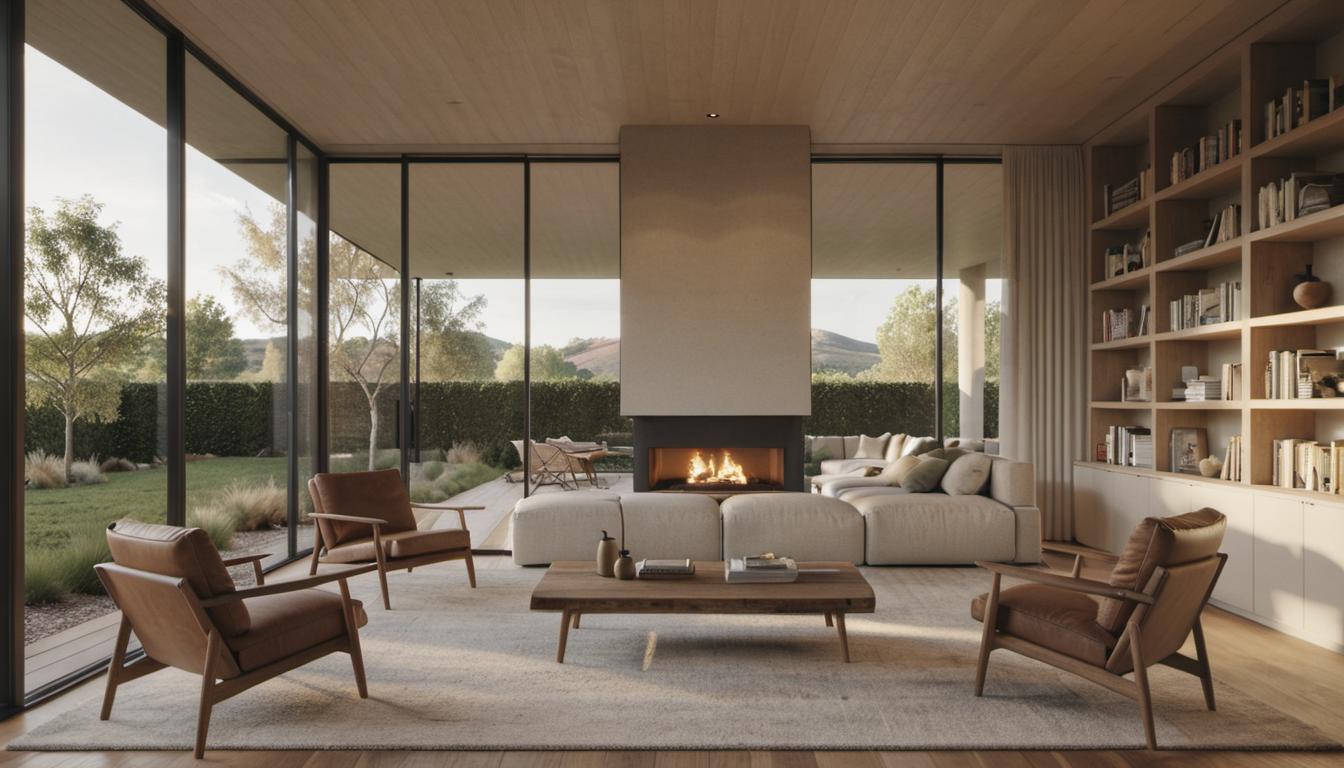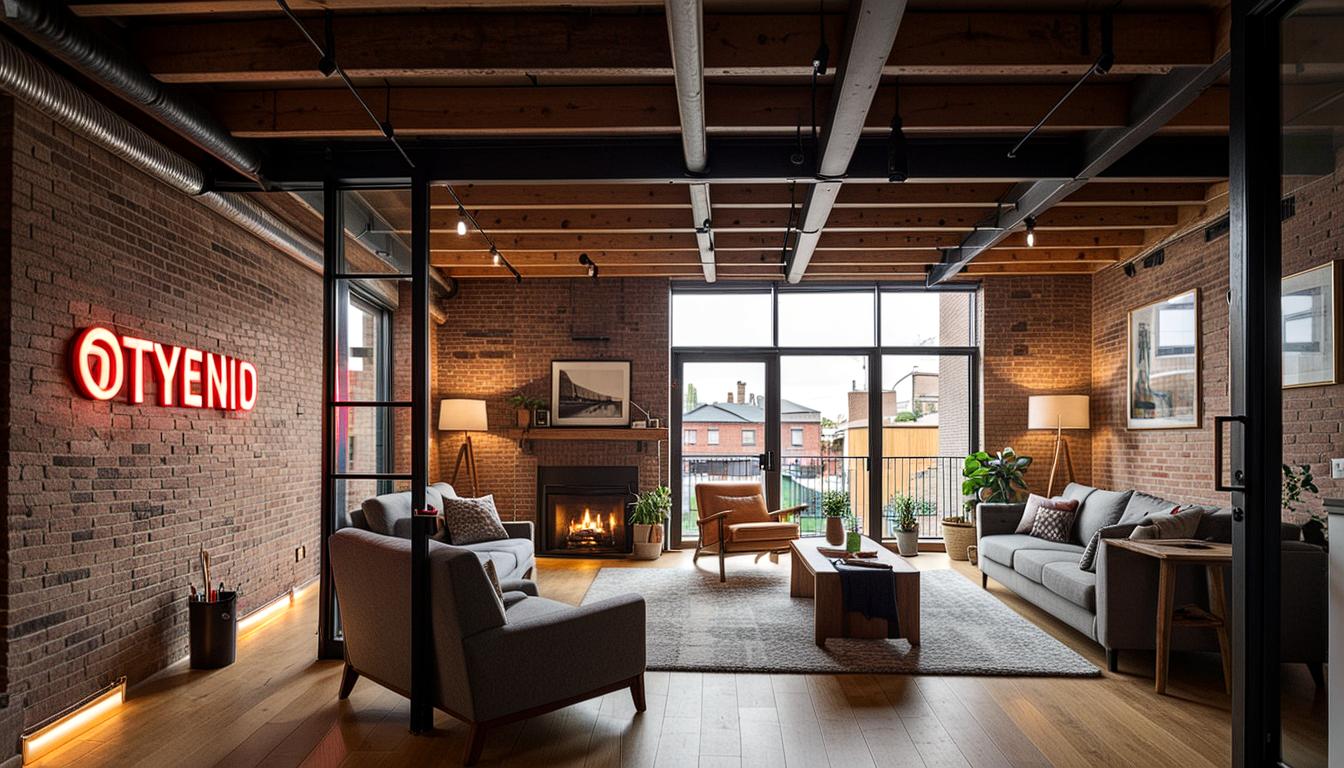Introduction to Sky in Architectural Rendering
The saying “the sky’s the limit” takes on a new meaning when it comes to the world of 3D architectural renders. A cardinal element in any high-quality architectural Computer-Generated Imagery (CGI) is the portrayal of the sky – an aspect that professionals in the field often overlook. Hence, the query “Why is The Sky Important in 3D Architectural Renders?” surfaces more frequently than one would anticipate. The short, simple answer: the sky in CGI is as important as a foundation to a skyscraper. It’s much more than a canvas behind the architecture – it’s the underappreciated stage-setting hero that can escalate a CGI from good to extraordinary.
The Role of Sky in Evoking Emotions in CGI
The sky in architectural CGI plays a critical role in setting the emotional tone of the rendering. Think of it as the mood ring of the architectural visual environment. A clear blue sky can inspire feelings of calm and serenity, while a stormy overcast may induce feelings of tension or mystery. By strategically choosing the sky’s depiction, architects can manipulate the viewer’s emotional response to their design.
The Sky as a Backdrop in CGI
Although it may appear as merely a backdrop, the sky in an architectural CGI commands the stage. It exhibits the time of day, from the warm glow of dawn to the intense brightness of the mid-afternoon sun, to the soft pastels of dusk. Weather conditions depicted in the sky, like heavy clouds promising an impending storm or a clear blue expanse hinting at dry conditions, reveal the surroundings. The season is also signified by the sky, from a winter’s gray, low-hanging clouds to a summer’s vibrant blue. It’s clear: the sky wears many hats in the CGI world.
Artistry and Technique Involved in Sky Creation
Creating the perfect sky in CGI is an intricate ballet of the artistry and technique. It requires a thorough understanding and a controlled manipulation of light and shadow, along with an adept handle on cloud density and the accurate positioning of the sun. Getting these elements right is paramount in producing a sky that impeccably integrates with the rest of the architectural render.
The Use of Dynamic Skies
One way architects take the representation of skies a notch higher is by leveraging dynamic skies in their CGI animations. These dynamic skies provide a chronological depiction of the building, displaying its features through different times of the day, and in different seasons. This time-lapse effect can be a powerful tool to exhibit the building’s functionality and appeal under various conditions, enhancing the overall presentation of the architectural design.
Creating Sky: A Test of a Renderer’s Mettle
The complexity of creating skies in CGI can truly test an architect’s mettle. To craft a truly photorealistic sky, one must understand the science of light scattering, color theory, and the use of creativity to enhance the architectural design. Creating a sky is not a simple task; it requires patience, skill, and a deep understanding of how skies behave in nature.
How Sky Enhances Storytelling in Architectural Design
The design of the sky can adapt to the narrative and evoke different emotions, thereby enhancing the storytelling potential of architectural design. A carefully chosen and perfectly rendered sky can delineate the context of the building, and further the narrative’s objectives. The sky isn’t just the canvas upon which the building sits – it can be a key player in communicating the architectural story.
FAQs on Sky Importance in 3D Architectural Renders
Q: Why is a sky crucial in architectural CGI?
A: A sky in an architectural CGI is a crucial element just like a foundation to a skyscraper. It is not just a space-filler but is an emotional amplifier and scene-setter that can improve a rendering from good to outstanding.
Q: How does the sky contribute to the mood of the 3D render?
A: The sky acts like the mood ring of architectural CGI. The choice of sky depicting either a clear blue sky or a stormy overcast can evoke certain feelings and set the mood or tone of the rendering.
Q: What is the role of a sky in architectural design storytelling?
A: The sky can adapt to the narrative and evoke different emotions, thereby enhancing the storytelling potential of the architectural design.
Q: How do different weather settings alter the outlook of an exterior architectural visualization?
A: Different weather settings like sunny day, rainy day, cloudy day, starry night, or a sunset can contribute varying moods and effects to the architectural scene, enhancing the realism and appeal of the visualizations.
Q: What advice is given to avoid unnatural colors in the sky in architectural visualization?
A: To avoid unnatural colors, it’s recommended to desaturate and overlay the color of a different sky.
Final Remarks
In ending our overview, we can firmly assert that the sky plays an irreplaceable role in 3D architectural renders. Like an elegantly built stage for a theater production, it can amplify, enrich, and set the tone for the architecture being showcased. The next time you find yourself admiring a CGI, remember this – the sky behind the aspiring structure may be contributing more to the scene than it gets credit for.






